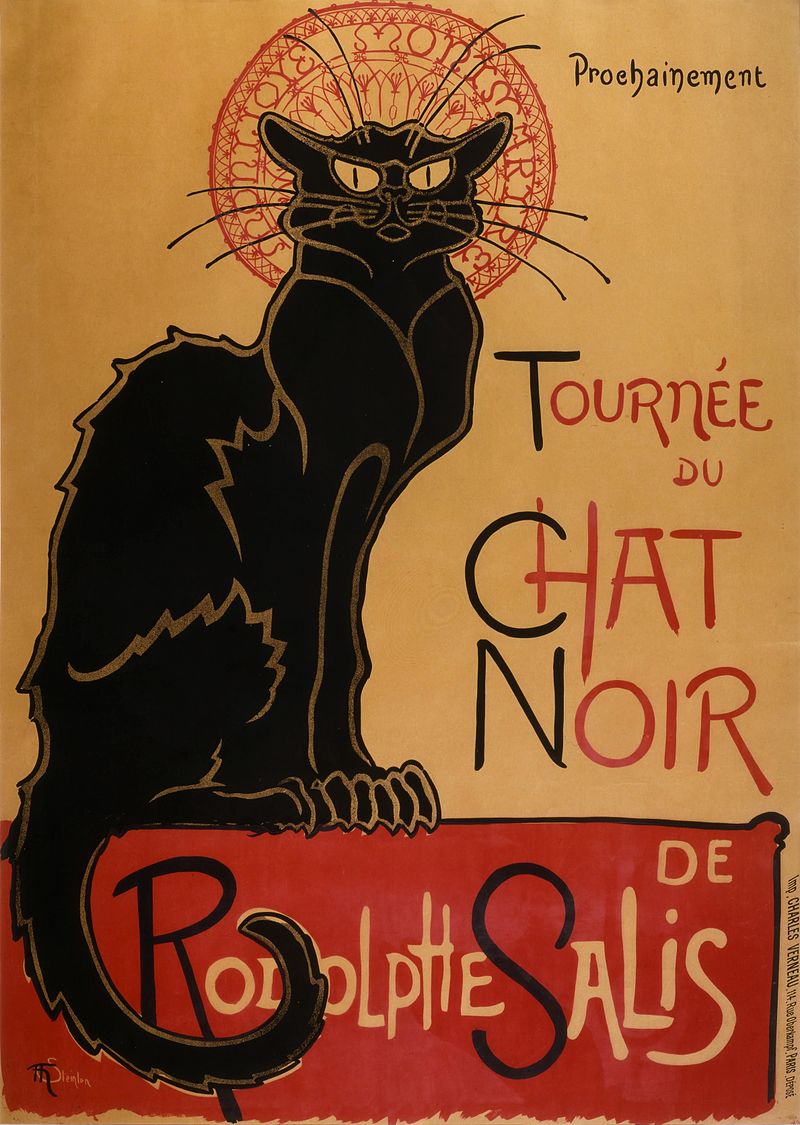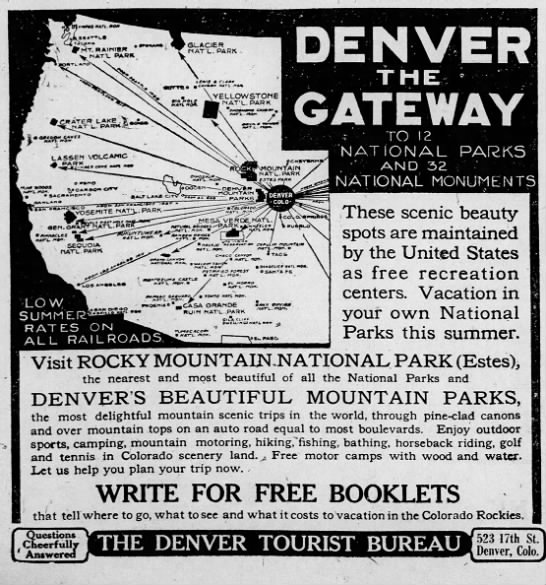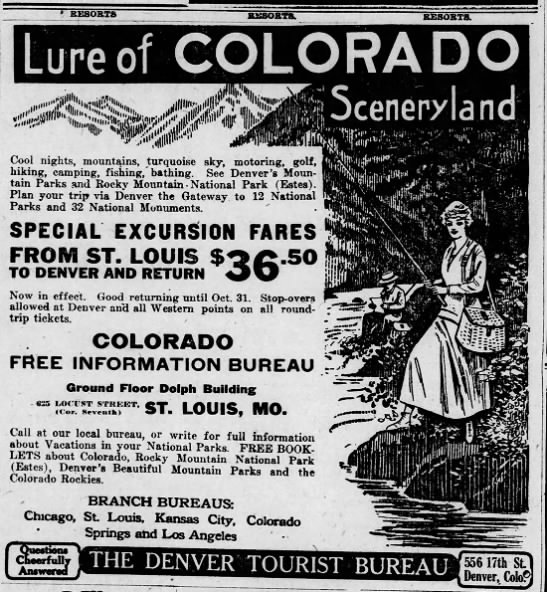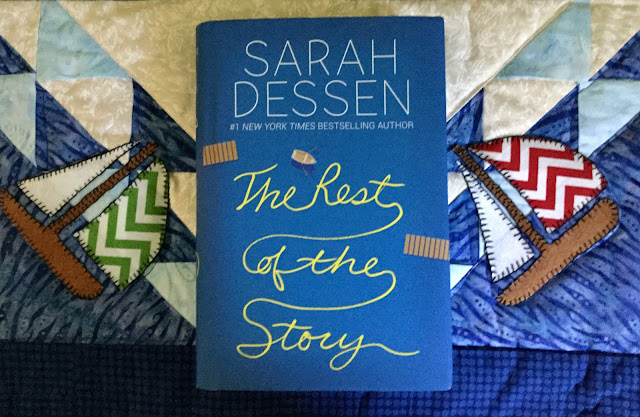I was inspired to write this book because of my admiration for Eleanor Roosevelt and my belief that if women were fully empowered, they would transform the world into a peaceful place." Dr. Carolyn L. Mazloomi
Visioning Human Rights in the New Millenium: Quilting the World's Conscience exemplifies the legacy of quiltmaking as a political vehicle, how in the hands of artists, fiber and thread are employed to create powerful political and humanitarian statements.
Dr. Mazloomi's preface begins, "Visioning Human Rights in the New Millenium is a call for action in the global struggle for human rights, Through artistic expression, utilizing the canvas of quilts, the artists here interpret the thirty articles of the Declaration of Human Rights." The Declaration grew out of the United Nations in 1948, a reaction to World War II, written by a committee led by Eleanor Roosevelt. It was her crowning achievement.
The 91 quilts interpret the thirty Articles in the Declaration ranging from "We Are Born Free and Equal" to "No One Can Take Away Our Human Rights."
These are quilts that make us uncomfortable, that prick our conscience.
 |
Article 3. Everyone has the right to life, liberty and security of person. Cruelty Come for Us All, James Mardis, including images of a lynching tree, Rubin Stacey, Emmett Till, and Trayvon Martin.
|
On my first opening the book and glancing through the pages I learned one can't turn away from these images. Each quilt arrests attention; they tell a story that wants to be heard.
Many of the stories are heartbreaking.
There is an image of a woman pushing against a bull dozer's bucket, her teeth clenched in anguish and struggle. Behind her is a house, partly demolished, and a map of Hamtramck in Detroit Michigan. "Hamtramck, My Home" by Sharon Ray tells the story of a city governance determined to evict a black population and one woman who stood up to power. The city determined to tear down black residential neighborhoods to build new housing, but the displaced people would not be able to afford the new housing. Read about the 1971 ongoing court case here.
Article 17: (1)Everyone has the right to own property alone as well as in association with others. (2) No one shall be arbitrarily deprived of his property.
There are quilts that celebrate the enjoyment of the rights in the Declaration.
On This Special Day by Gwendolyn Brooks is a celebration. Thoughtful use of fabrics, embellishments, and painting illustrate the joy and pride of marriage.
Article 16 (1) Men and women of full age, without any limitations due to race, nationality or religion, have the right to marry and to found a family. They are entitled to equal rights as to marriage, during marriage, and at its dissolution.
And you will find hope in these quilts.
Imagine a World by Nancy Cash exemplifies the kind of world we can choose to have. It is at once an ideal Utopia and an achievable goal. Education is the first step to equality in all its manifestations: equality under the law, in the distribution of wealth, opportunity, health, and access to clean water.
Article 26. (1) Everyone has the right to education.This remarkable book proves again the power of quilts. It is a wonderful testament to the ongoing struggle we wage to achieve the high standards set out in the Declaration.
I previously reviewed Dr. Mazloomi's book And Still I Rise, my review found here.
I received a free book from the publisher in exchange for a fair and unbiased review.
Visioning Human Rights in the New Millennium: Quilting the World’s Conscience
Carolyn L. Mazloomi
Schiffer Publishing
ISBN13: 9780764357404
$34.99 hardcover


























































